“We need to reshape the way we care for the elderly and stop thinking of us and them, because we are them in years to come, and I want to be dancing and singing and still making plays”: Director Laura Harling on One Hundred Trillion
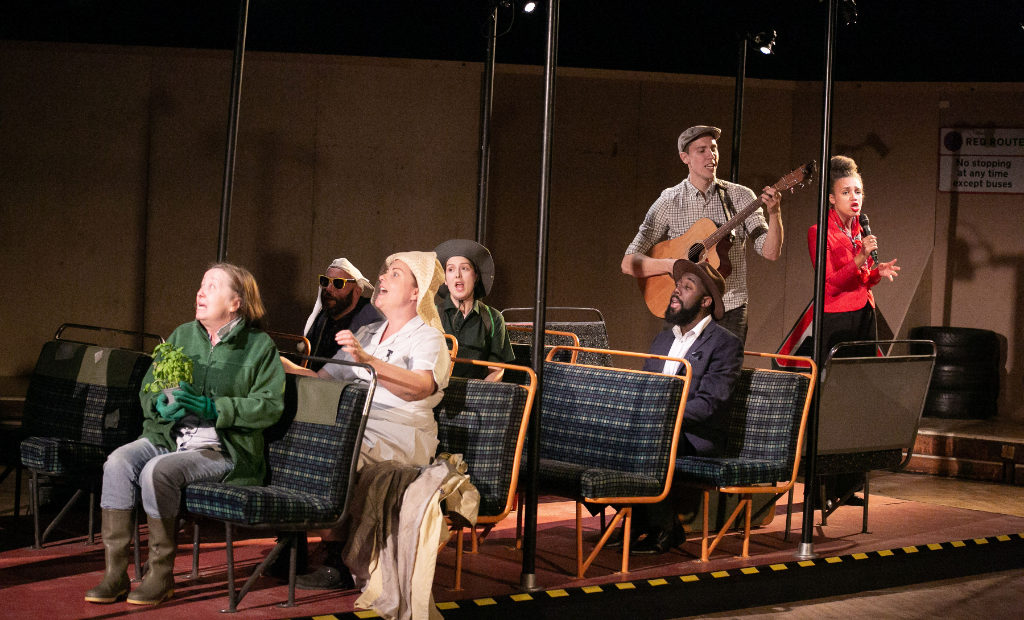
In the lead up to Dementia Action Week 2019 (20th until 26th May), The Dot Collective celebrates the one hundred trillion synapses that form memories in the human brain, transforming the Old Vic Workrooms into an immersive world of memory and experience. Inspired by workshops with dementia groups during Dementia Action Week in 2018, One Hundred Trillion brings to life their characters and stories through four promenade plays. We spoke to director Laura Harling about the project and what she hopes to achieve with it. 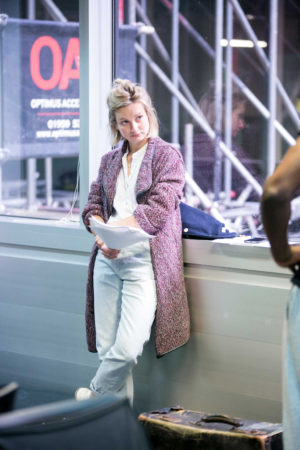
So, tell us a little bit about One Hundred Trillion, what is it about?
One Hundred Trillion is an immersive experience of short plays that were written in collaboration with dementia groups in South London. The plays were inspired by the experiences and memories of people who attend dementia peer groups in South East London, written by Lily Bevan, Chantelle Dusette, Lucy Grace and Margaret Perry.
Could you tell us more about the development of the project?
Sure! We started almost exactly a year ago in Dementia Action Week 2018 where we led a series of storytelling workshops with four dementia peer groups in Southwark and Lambeth. Four playwrights were assigned to a group, and joined us in the workshops to uncover memories, experiences and imaginative responses. Our participants shared their lives with us, responding to creative writing exercises including poetry as well as music and improvisation. Inspired by their stories, the playwrights wrote 15-minute plays, which capture the characters, spirit and lives of our participants with dementia as well as their carers.
What was it like working with the dementia groups? Was there a different approach to how you would develop a piece with anyone else?
Working with these groups is utterly joyful, challenging at times, but mostly joy. The people we met are caring, beautiful spirits who love being engaged and engaging you – I have learnt so much from them! It puts you completely in the present moment. It is different in some ways and not in others. As a facilitator, it’s important for me to first earn the groups trust – so I spent a few weeks before we started the workshops going in and joining in with their other activities at the group, which was fun. Who doesn’t like a game of “win a biscuit bingo” and doing the “Beyoncé move”. The workshops were different between the groups as the structures formed organically from one to the other. One of our groups had maybe seven to ten participants and another had over 35! There are things you need to be aware of, which maybe you wouldn’t if you were developing with a school group or actors. For example: noise – making sure that we find the right balance of being creative and engaging without causing any distress by being too lively; it’s also important to project what people say across the room, so each member in the room hears what is being said. Giving time to everyone, even if they can’t respond verbally.
There can be a propensity to patronise those with dementia as being helpless, fragile or even childlike. How important was it to give the groups you worked with some autonomy and power in telling their stories?
Hugely important. Not patronising was a top priority when I started The Dot Collective, that in a way is one of the reasons we wanted to present new writing to audiences in care, to not assume because they’re elderly they want to watch Seven Brides for Seven Brothers. It’s also important not to underestimate their abilities. When we started out, I soon realised that we should try out everything we would do normally with professional theatre makers, and if it doesn’t work, fine. Our participants are intelligent individuals, with a wealth of experience – I often can feel nervous when I walk into a workshop, because I’m a young 30-something who hasn’t lived in the way they have yet, so who am I to tell them what to do! It annoys me when the elderly in care are compared to children; yes some characteristics like lack of inhibitions can be similar, but children haven’t experienced life yet, and haven’t built up a huge bank of emotional memory!
How did you come to the settings of the four stories and what aspects of the experience of dementia do you feel they represent?
The four plays were inspired by common themes or interests that arose from each group, and also what the playwright felt was most prominent. Each week after a workshop we’d debrief with the creative team, and create a structure for our next workshop based on what came out of the previous one. By the last workshop we held an improvisation with the group, and this was sort of the beginning of what the playwrights would go away and write about. In our Bermondsey group, The Primrose Café, we spent most weeks dancing. In our improvisation we went to the Gin Bar on Old Kent Road (not there anymore unfortunately) and Elvis was playing and Elvis asked Jean (a 90-year-old participant) if she’d go home with him. Jean said “no way”. At the Healthy Living Club, Lingham Court, we created a bus journey in our improvisation with the participants. Members of the group got on the bus as themselves, or assumed a character and we gave the costumes and props to support this. It was so much fun!
The settings of the plays represent the people more than anything else, and that, despite dementia, they are still them with so much emotional memory. When that emotional memory is triggered through using music, relaxed group conversations, poetry, objects, photographs, actors prancing around the room in various wigs and such you evoke the stories.
Are you excited to be working in the Old Vic workrooms and the innovative worlds you can create in such an established space?
Oh yes. The Old Vic community outreach team have been absolutely brilliant. The Old Vic are making a huge effort to involve those with dementia, and find ways to support them so they can enjoy more theatre. We have definitely transformed the space, and it’s so exciting to walk around during the days and have coffee and chats about what we’ll do next sitting in a garden or on a London bus, or chill out on the sofas in the 70s living room!
Immersive seems to be a bit of a buzzword with popular theatre at the moment. But in asking audiences to engage with experiences of dementia, how much more important as a tool is the immersive aspect here in terms of forcing you to think about and gain an understanding of dementia?
It is a successful way to engage the audience. We give them all the angles: the facts, the fiction and a sense of the atmosphere that was in the room with our dementia groups when these plays were created. Because dementia is so varied, it’s not just one thing, it’s not simple and I think staging these plays as an immersive world gives us the scope to look at each angle that staging it in a conventional way wouldn’t.
The piece is intended to grow and develop as audiences and workshops leave their mark on it. What is the ultimate aim for it as a living project?
Yes, we are running workshops during the day for dementia groups. We want to keep the set alive, and bring in more memories – create that feeling for the audience that the participants were just here. It’s important for me that those with dementia remain at the heart of the project, so they have to be involved and come along, it’s difficult for them to come to the performances because of the promenade nature of it, so the workshops in the day will allow them to have a sensory engagement with the set.
You refer to those whose stories you are telling as service users, rather than characters. This is often a term used by medical professionals so how do you see the work that you do and the valid therapeutic aspects of it in relation to medical treatment?
I have begun to see creativity as a form of medicine for dementia participants. In the way that paracetamol gives you a couple of hours of relief, creative social interaction and engagement does that too. It may not last throughout the whole day, but at least it’s 90 minutes of joy that they may not have had otherwise. It’s art therapy. Studies have shown that those in residential care get, on average, two minutes of meaningful social engagement every six hours. That needs to change, we need to reshape the way we care for the elderly and stop thinking of us and them, because we are them in years to come, and I want to be dancing and singing and still making plays, so I’ll do everything I can to raise awareness of the importance of this work so it happens more frequently.
We live in a world where we are constantly feeding our brains stimulants and information. Do you think there is something that we could learn from those with dementia about re-centring and living in the moment?
Ha. Yes, I would recommend everyone to find a local dementia café, and offer your volunteer support. You will spend two hours living in the moment.
What do you hope audiences take away from this project?
A different approach to thinking about dementia. For them to think about other factors when they hear the word, rather than just the negative, the concern. We are all aware how challenging a disease it is, it’s horrible – but the person isn’t and there’s so much joy still there. Also I hope that the audience might take away ideas that can help if they need to deal with the disease, help them find joy and unity with their loved ones when times feel dark.
Yassine Senghor
Photo: Headshot Toby
One Hundred Trillion was at the Old Vic Workrooms from 7th until 11th May 2019. Read our review here.
For further information about The Dot Collective visit the company’s website here.

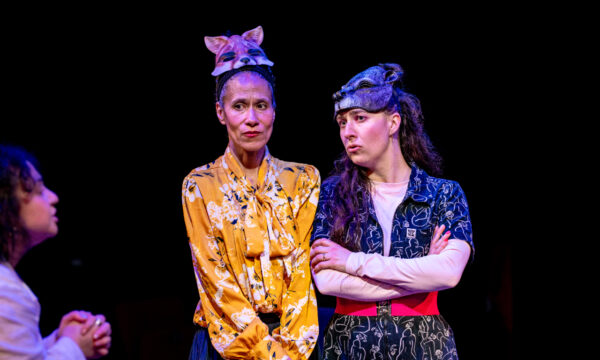
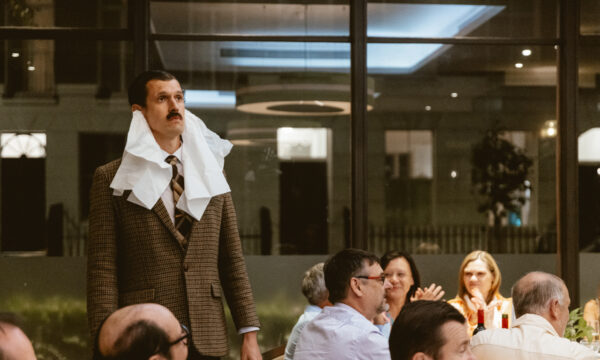
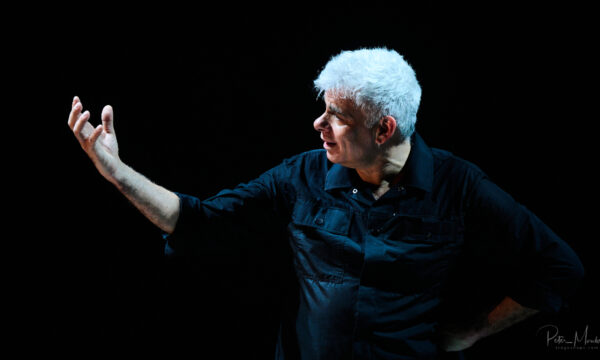

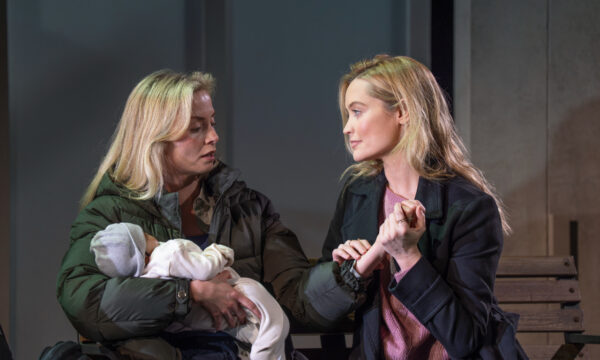
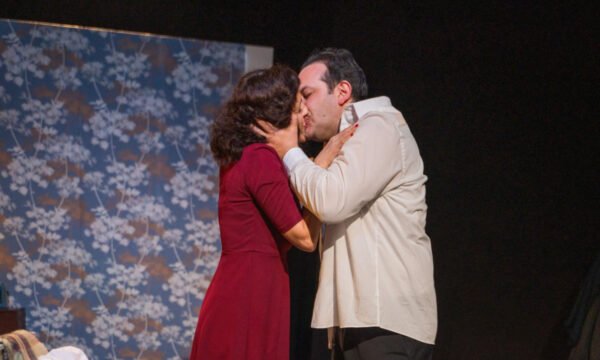















Facebook
Twitter
Instagram
YouTube
RSS